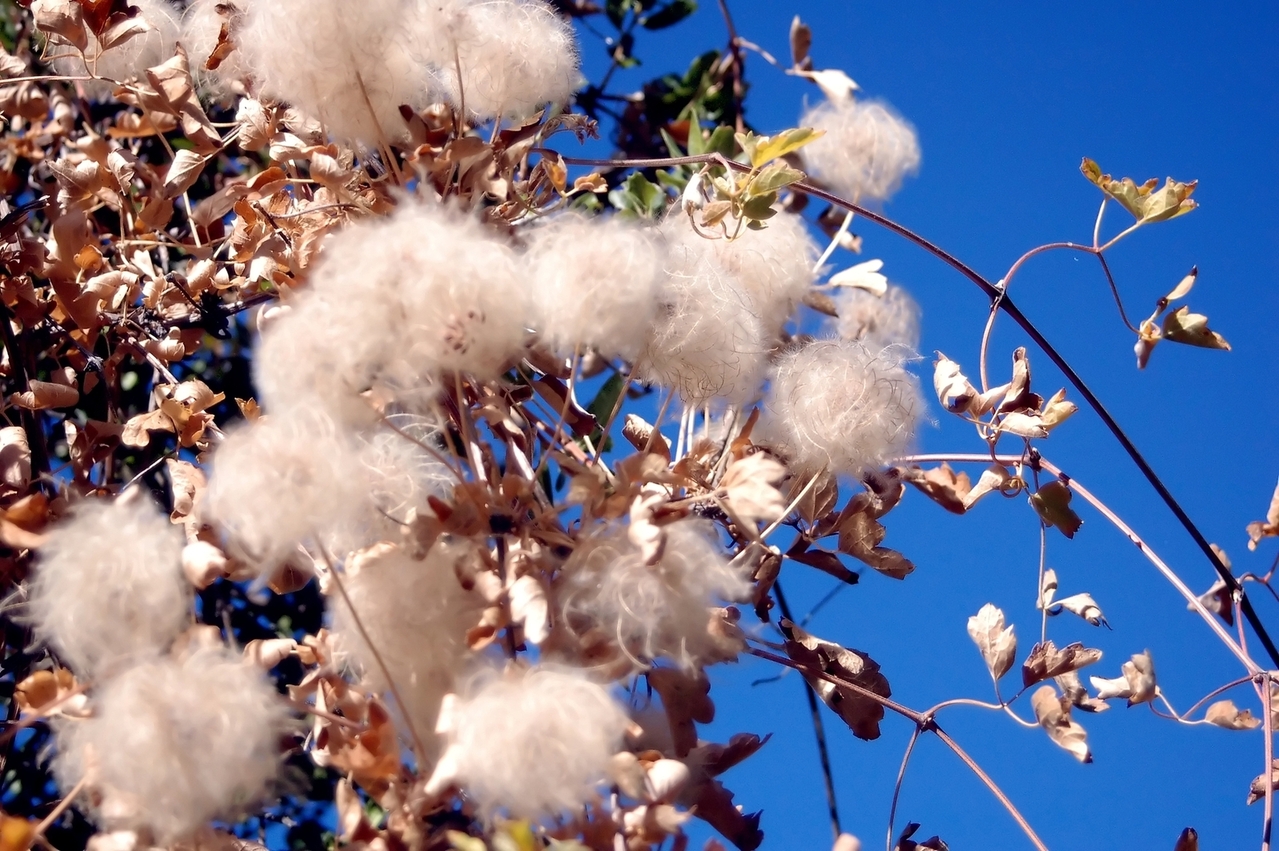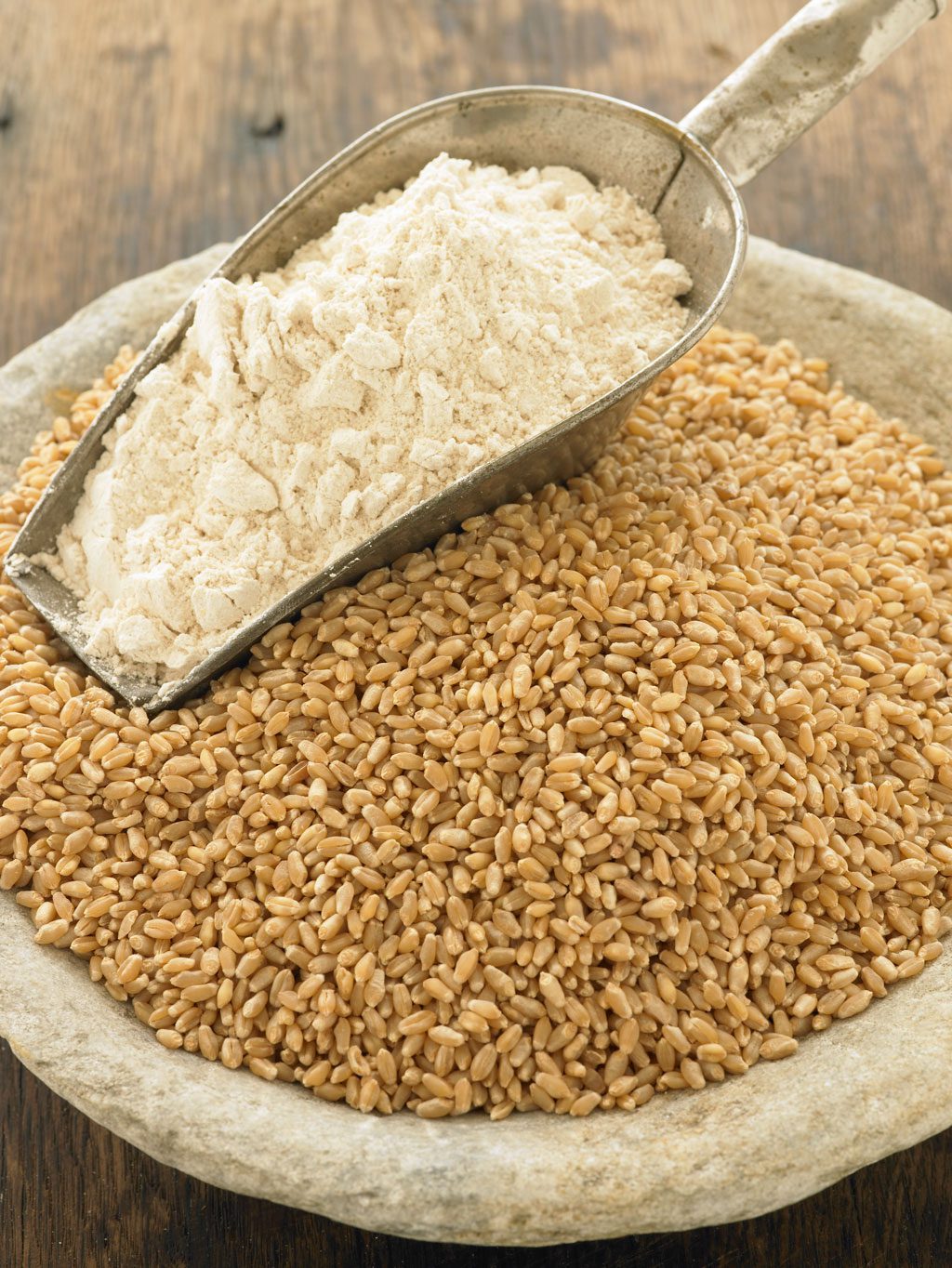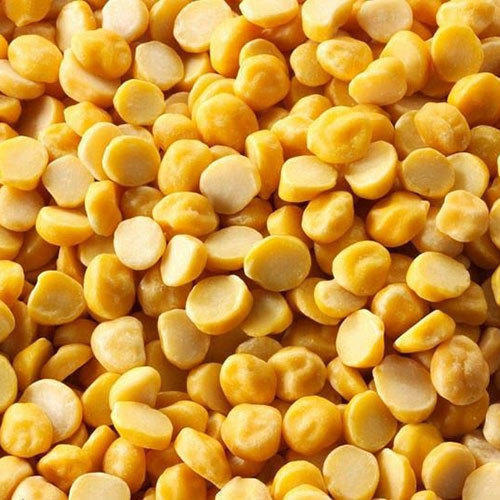Cotton plants are a tropical crop raised as a Kharif crop in India. It requires uniformly high temperatures between 21°C and 30°C. The day temperature should be above 26°C during October, which helps the ripening and bursting of cotton balls under the sunny skies. Cotton plants have a wide range of soil adaptability. The best yields of cotton plants are usually obtained on well-drained deep alluvial, black clayey soils with pH ranging from 5 – 8. After the growing period of 200 frost-free days and sufficient rainfall, the plant needs sunny and dry weather post-flowering. The total climatic water requirement of cotton plants depends on the time of sowing. It varies from genotype to genotype, region to region, soil to soil, and scientific management to farmers’ control.
For excellent and healthy output, the critical fertilizers used in cotton production are nitrogen (N), phosphorus (P), and potassium (K). The chances of deficiency in other essential nutrients such as copper, boron, calcium, magnesium, sulfur, manganese, iron, zinc, cobalt, and molybdenum are significantly less. It is also vital to protect the yield from pest infestations and diseases that could harm the crops. Below are some common infections found in cotton plants.
- Wilt: Earliest symptoms to appear on the seedling is the yellowing and browning of the cotyledon; Browning and blackening of vascular tissues, discoloration of woody tissues, discoloration of leaves start from the margins and spread towards midribs.
Control measure: - Seed treatment of 4g Trichoderma viride with thiram 3g/kg
- Infected plant debris should be destroyed
- Application of 2kg Trichoderma viride with 50kg farmyard manure
- Alternaria leaf spot: When humidity is high, it assumes serious proportions. Small, pale to brown, round, or irregular spots with cracked centers; Affected leaves become dry and fall off.
Control measure: - The plant residues should be removed from the field.
- Spray Carbendazim, Mancozeb 2.5gm, Copper Oxychloride 3gm in 1 liter of water 3-4 times in Carbendazim15 days
- Areolate or Grey mildew: Irregular, angular, pale translucent spots bordered by the veinlets appear on the older leaves. As infection starts, leaves become yellowish-brown and finally fall off prematurely.
Control measure: - Spraying wettable sulfur 3g or Karathane 1g or benomyl 1g per liter of water controls the disease
- Spray the crop with Carbendazim at 250-375g
- Root Rot: sudden and complete wilting of the plant; bronzing or yellowing of the leaves; plants succumbed to the disease exhibit roots, mainly the bark, broken down into shreds.
Control measure: - Seed treatment with benomyl or Carbendazim @2.5g/kg seed
- Application of 2kg Trichoderma viride with 50kg farmyard manure
- Treat the seeds with Pseudomonas fluorescens @ 10g/kg
- Bacterial Blight: The disease appears first as small, round, water-soaked, raised spots. The lesions gradually became irregular in shape, turned brown to deep black, and became in the center; angular leaf spots on the leaves.
Control measure: - Seed treatment with 2gms of Carbendazim per kg of seed or soak the seeds in 1000 ppm Streptomycin sulfate overnight
- Spray a combination of Paushamycin/Plantomycin 100mg + Copper Oxychloride 3gm per liter of water for 3- 4 rounds at 15 days interval
- Cercospora leaf spot: Round or irregular greyish spots; Dark brown or blackish borders appear on older leaves with white at center.
Control measure: - Use fungicides like carbendazim 3gm/litre, copper- oxy- chloride 3gm/litre, Mancozeb 2.5 gm/litre, Captan 2 gm/litre, for 3 to 4 times in every 15 days gap
Conclusion
Spinning mills have a strong demand for domestic cotton due to good margins and robust export demand. And since cotton prices are currently ruling about 30% to 40% higher than the MSP, the farmers focusing on growing cotton should look after the health of their crops even more. Timely sowing, judicious use of fertilizers, irrigation, proper spacing, and clean cultivation will prevent the early build-up of pests and help in preventing any infections.








 Connect With Us
Connect With Us